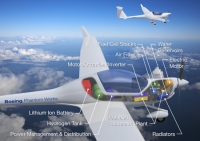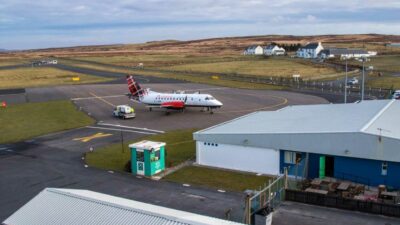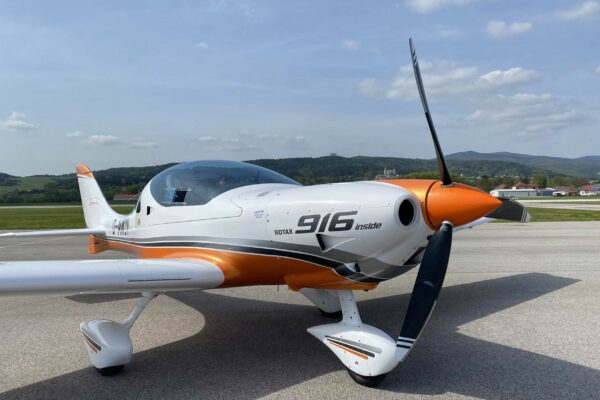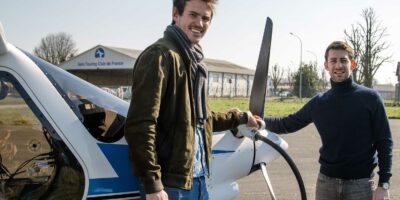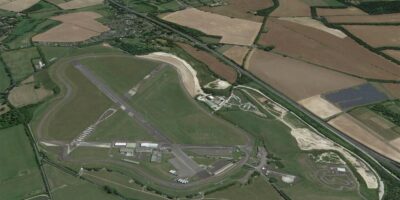Many years ago, we reported on the fact that Boeing was working in conjunction with a team in Madrid to create an aircraft which would be electrically powered.
Many years late it is now ready for flight. The Boeing Phantom Works team has now reached a point at which it is ready to start ground and flight testing.
The airframe is a modified Diamond Dimona motorglider, which is powered by two different electric power sources. For takeoff and landing it uses lithium-ion batteries; in the cruise it uses a Proton Exchange Membrane (PEM) fuel cell. The fuel cell is an ‘electrochemical device that converts hydrogen directly into electricity and heat without combustion. Fuel cells are emission-free and quieter than hydrocarbon fuel-powered engines. They save fuel and are cleaner for the environment’. And they better work: the aircraft hasn’t got a conventional engine (although, of course, as a motorglider it should be able to glide back – but you know what we mean).
The project is being managed by Boeing Research and Technology — Europe (BR&TE), under its managing director Francisco Escarti. Escarti says that the flight tests will take place in Spain, and it is believed that it will be the first time that a manned, fuel cell-powered aircraft has flown and maintained straight and level flight. The PEM fuel cell system used on the flight demonstrato was designed and built by the UK-based firm <a href=”www.intelligent-energy.com”>Intelligent Energy</a>.
“While Boeing does not envision that fuel cells will provide primary power for future commercial passenger airplanes, demonstrations like this help pave the way for potentially using this technology in small manned and unmanned air vehicles,” Escarti said. “It also gives us hands-on experience to complement other fuel cell studies being carried out throughout the company.”
Boeing also says that its researchers see promise in other types of fuel cell technology as well as the PEM system. ‘An example is a Solid Oxide Fuel Cell that could be applied to secondary power-generating systems, such as auxiliary power units. This technology could be mature enough in 10 to 15 years for potential use in commercial aviation.’
The research has been done in conjunction with many other companies from around Europe.
Click <a href=’http://www.boeing.com/phantom/news/2007/q1/070327e_pr.html’ target=’_blank’>here</a> for a better view of the illustration.


